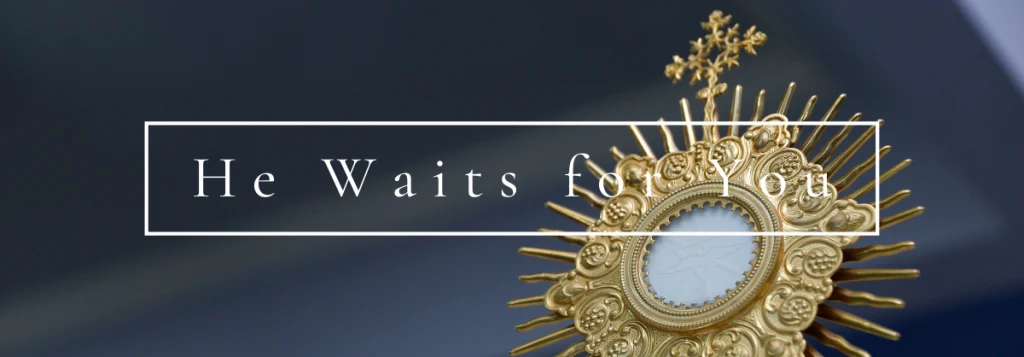Office Closed and No Holy Hour Thursday July 4th
The office will be closed and Holy Hour will not be held on Thursday July 4th in observance of the Holiday.
The office will be closed and Holy Hour will not be held on Thursday July 4th in observance of the Holiday.
6:00 pm English
7:00 pm Spanish
Adoration is a powerful time of prayer and healing! Come spend some time with Jesus!!

Called to the Fullness of Dignity JUNE 22–29
During Religious Freedom Week, Catholics are encouraged to pray and act each day for religious freedom. Please see the enclosed Information Sheet or visit www.usccb.org/ReligiousFreedomWeek
Laila Adams 6th grade at Harper McCaughn Elem. – A/B Honor Roll; Most Effort Award
Zoe Andrews 4th grade at Nativity Elem. – A Honor Roll; Principal’s Achievement Award
Ellis Boney 3rd grade at Pecan Park Elem – Honor Roll
Maddox Boney 6th grade at Ocean Springs Upper Elementary – Principal’s List
Vada Gates 3rd grade at Nativity Elem. – Outstanding Achievement in Math, Track and Basketball; Excellence Award for State of Wyoming Project
Ava Jade Kennedy 7th grade at Biloxi Jr. High – Honor Roll
Natelia Mabary 8th grade at St. Patrick High School – A Honor Roll; Made Varsity Volleyball and Soccer
Cobie Martino 10th grade at St. Patrick High School – Emerald Ambassador
Paityn Newbaker 8th grade at Biloxi Jr. High — AB Honor Roll & Accepted for BHS Band
Emily Ngo K grade at Three Rivers Elem. – A Honor Roll; Perfect Attendance; Super Reader Award; Highest Average in Language Arts; Highest Average in Math
Sarah Ngo 3rd grade at Three Rivers Elem – Honor Roll; Perfect Attendance; Citizenship Award.
Emilia Quinn 1st grade at Nativity Elem. – A Honor Roll
Brady Quinn PK-4 at Nativity Elem. – A Honor roll
Lyle Ramon 7th grade at St. Patrick High School – A Honor Roll; High Academic Achievement Award in History
Ava Simnicht 8th Grade at St. Patrick High School – A Honor Roll
Congratulations to all for your hard work and great accomplishments!!
Beginning at age 65, priests of the Diocese of Biloxi who do not belong to a Religious Order are provided with a modest pension. The funds for this pension come from an endowment to which parishes pay a yearly assessment. There is also a small supplement to the pension from the Catholic Sharing Appeal. These pension/retirement income sources have not kept pace with inflation. Rather than asking parishes to contribute more to the endowment, the Diocese has opted to have a direct appeal on Father’s Day. The annual second collection will supplement the pension given to diocesan priests of retirement age. Please give generously to the Father’s Day Special Collection (June 15th / 16th) for the well deserving priests of the Diocese of Biloxi.
The Father’s Day Mass cards are in the back of the church. Please write the name of the father being honored on the large envelope, place your donation inside, and place it in the collection. Keep the card and smaller envelope to send to the person for whom the Mass is being celebrated. If you are honoring a deceased father, please use the “In Memory of a Father” envelope. ** Please return the large envelope with the names so the Mass intentions may be kept on the altar during the month of June. Father’s Day is Sunday, June 16th.